|
York Minster has not always been the stable building that it is now. Foundations under the building, which can be seen in the undercroft, date from around AD71 and once belonged to a Roman Fortress, which was later destroyed. It was some time before Christianity arrived in York and the first known Church on or near the site was a wooden structure erected around AD627 and was the location of the baptism of King Edwin (586-633) when he converted to Christianity. The wooden building was soon replaced with a stone version, where King Edwin was buried in AD633, however, it was destroyed by William the Conqueror’s forces in 1069. Despite having destroyed the first stone church, William the Conqueror gave the Archbishop of York, Thomas of Bayeux (d.1100), permission to build a new church on the Roman foundations. Over the following 250 years, the church was added to by various kings and archbishops, which explains the differences in architectural styles. The original tower collapsed in 1407 and a stronger one built, therefore, the Minster was not consecrated until 3rd July 1472. Future disasters destroyed parts of the Minster, such as fires in 1829 and 1840, and subsidence in 1967, however, rescue missions have saved the Minster, which still stands in all its beauty. “The Minster is a symphony in stone.” – John David, Master Mason As visitors enter the Minster, their breath is taken away by the enormity of the Gothic Nave. On the ceiling are seven key ceiling bosses that the Victorians recreated after the loss of the original ceiling. Each boss illustrates an event in the life of Christ and the Virgin Mary. 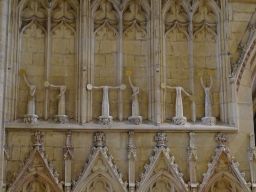 The Nave, which can fit up to 1,500 people, features a series of headless statues on either side of the west entrance. During the Reformation, the Minster was purged of any traces of Roman Catholicism, which resulted in the decapitation of several statues. To symbolise this event, twelve headless statues were created in 2005 by Terry Hammill (b.1941) and are known as the “Semaphore Saints”. Each statue signs a different letter and when placed together, they read “Christ is here”. 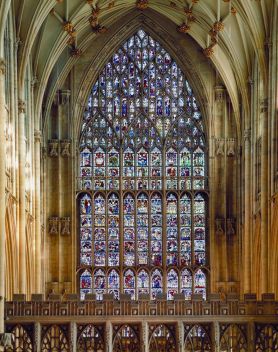 The Great East Window was created between 1405-8 by John Thornton (c1385- after 1433) for a fee of £46 and tells the story of the world from its beginning as told in the Book of Genesis, to its end as told in Revelations. The top piece of glass depicts God with the words “Ego sum Alpha et Omega“, which means “I am Alpha and Omega of all things”. Descending underground, the crypt contains some of the original Norman architecture. A disconcerting doomstone showed a carving of Hell in which lost souls were being pushed into a cauldron and boiled alive by demons. The South Transept is the oldest part of the present building. Ironically, it has the newest roof because its old roof was destroyed when it was struck by lightning in 1984. Four years later, the roof had been rebuilt and Blue Peter set up a competition for children to design six of the new bosses on the theme of important events of the 20th century. The winning designs include the moon landing and the raising of Henry VIII’s (1419-1547) ship the Mary Rose. Another of the bosses, although not one of the competition entries, represents the nursery rhyme, Jack and Jill. The round window in the South Transept dates back to 1250, however, the stained glass was installed in 1515. Made up of a pattern of red and white roses, the window commemorated the union of the House of Lancaster and the House of York through the marriage of Henry VII and Elizabeth of York (1466-1503). Strangely, the window features the red roses of Lancaster and the red and white Tudor rose, however, there are no white York roses. Miraculously, the Rose Window survived the lightning strike of 1984, however, it suffered 40,000 cracks in 8,000 pieces of glass. It would have been impossible to replace every panel of 16th-century glass, therefore, a special resin was produced to seal each crack. To read the full article, click here This blog post was published with the permission of the author, Hazel Stainer. www.hazelstainer.wordpress.com
0 Comments
Your comment will be posted after it is approved.
Leave a Reply. |
©Copyright
We are happy for you to use any material found here, however, please acknowledge the source: www.gantshillurc.co.uk AuthorRev'd Martin Wheadon Archives
June 2024
Categories
All
|
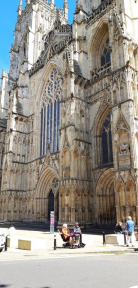
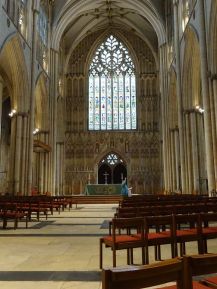
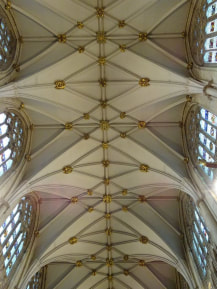
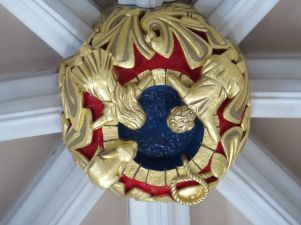
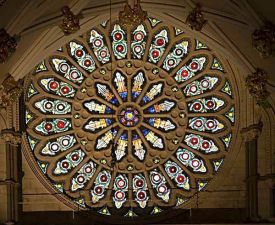
 RSS Feed
RSS Feed